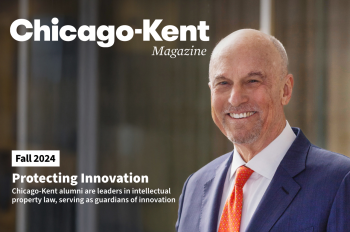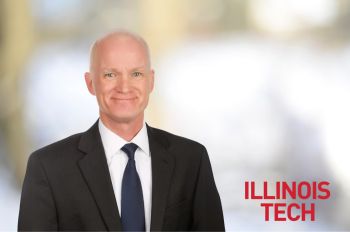The Multigenerational Workforce Is Here to Stay, for the Better

With more people living longer—and in better health—than in the past and working beyond the traditional retirement age, the multigenerational workforce appears to be here to stay. The United States Bureau of Labor projects that nearly one-fourth of workers will be age 55 or older by 2031 and that age 65-plus workers represent the fastest-growing segment of the workforce.
What are the implications for managers, employees, and businesses of having five generations—the Silent, Boomers, Gen X, Millennials, and Gen Z generations—working side by side?
According to Clinical Assistant Professor of Management Xiaoyun Cao at Illinois Institute of Technology’s Stuart School of Business, many managers and human resources professionals are focusing too much on age-based stereotypes as they try to avoid conflicts and address problems in multigenerational workplaces. That focus, she says, is a missed opportunity.
“Businesses need to adapt to the multigenerational workplace more proactively,” says Cao. “It’s not just work values and what we think, or would believe, about the implications of age difference. It’s more about how people feel—the emotional aspect—and how they interact with each other. Sometimes it is even how we feel and act toward ourselves because of age. Ageism is a two-way street. Younger employees often encounter stereotypes that undermine their capabilities, while older employees may grapple with self-doubt regarding their relevance and ability to adapt to rapidly evolving technologies. Recognizing this duality is crucial for fostering an inclusive organizational culture where every individual’s potential is valued.”
The key is to encourage employees of different age groups to collaborate effectively, she notes. That includes acknowledging what the generational differences really are and to appreciate the differences, embrace mutual learning, and work to take advantage of the differences.
“Organizations can re-conceptualize age diversity as an opportunity because different generations bring together different abilities, skills, information, experiences, and networks that are complementary,” she says. “If an organization can do this, we will see better decision making and more productive and improved overall performance.”




